Turning Japanese
I am not often at a loss for words but Japan left me speechless. The culture of this country is so delicate, respectful and mesmerizing that I often felt clumsy and awkward.
I did manage to learn a few valuable greetings and phrases that I am sure was appreciated but I am far from really understanding and fully appreciating this country.
One of the best ways to truly experience a culture is through its food and in appreciating the art of creating the dishes.
We were lucky enough to attend the Cooking Sun school in Kyoto where we learned a few tricks of the trade.
I will never be the same. Arigato Gozaimas! www.cooking-sun.com
KONICHIWA
I love that we managed to bring back an entire suit case full of goodies to eat and cook with.
What's on the menu....
- May. 11, 2019
-
Itadakimasu
For today’s menu we will attempt to recreate the following:
Dashi, Basic Japanese soup stock
Takoyaki but with lobster (traditionally made with octopus)
Tamago, Rolled egg w/ shiitake mushrooms
Gomaae (salad dressing w/ sesame on broccolini)
Ramen bowls with roast pork with all the fixings
-
Takoyaki
Instructions
In a large bowl, mix well Dashi, eggs, soy sauce, salt, and flour with a whisk.
Heat a Takoyaki pan with oil to very hot, just until the oil begins to smoke. Use enough oil to coat the pan using a paper towel so that the batter won't stick. Then pour batter to fill the holes of the pan.
Drop octopus pieces (we used lobster and dried shrimp) in the batter in each hole, and sprinkle chopped green onions and ginger all over the pan.
Cook at medium heat for 1-2 minutes and turn over using a Takoyaki turner (you can use a chopstick too). It can be a little tricky at first, so watch the video to see the technique. Cook another 3-4 minutes, turning constantly.
Place the cooked Takoyaki on a plate and pour Takoyaki sauce and mayo over them (to taste). Finish the dish by sprinkling the Takoyaki with Aonori (green dried seaweed) and Katsuobushi (dried bonito flakes). -
Tamago
Instructions
In a medium bowl, combine water (2 Tbsp), sugar, mirin, salt, and rice vinegar (1/4 tsp). Mix until sugar is dissolved. Add eggs, and mix very well.
Heat a pan at medium high temperature and add oil. (A rectangular Tamagoyaki pan is best, but a round pan can work as well.)
Pour a thin layer of the egg mixture in the pan, tilting to cover the bottom of the pan. After the thin egg has set a little, gently roll into a log. Start to roll when the bottom of the egg has set and there is still liquid on top. If you let the egg cook too much, it will not stick as you roll the log. Now you have a log at one end of the pan. Add oil as needed. Pour more egg mixture to again cover the bottom of the pan, with the roll of egg at the end. After the new layer has set, roll the log back onto the set egg and roll to the other end of the pan.
Repeat adding egg to the pan and rolling back and forth until the egg is used up. Remove from the pan and cool completely -
Ramen
Instructions
Preheat the oven to 150C/300F. Season the pork with the salt and pepper and place in the pan with the hot oil. Seal on all sides.
Place a sieve over a large bowl and strain the cooking liquid. Throw the strained vegetables away and place the liquid back in the pan with the shredded pork. Leave on a low heat to keep warm.
Place the noodles in a pan of boiling water and boil for 5 minutes. Drain, run under cold water (to stop them sticking) and put to one side.
Divide the noodles between four bowls. Top with the hot broth, shredded pork, mushrooms, bamboo shoots and scallions. Carefully peel the two eggs and slice in half. Place 2 halves in each bowl. Garnish the soup with spring onions, ginger, nori then sprinkle with the white and black sesame seeds, chili flakes and hot sesame oil before serving.
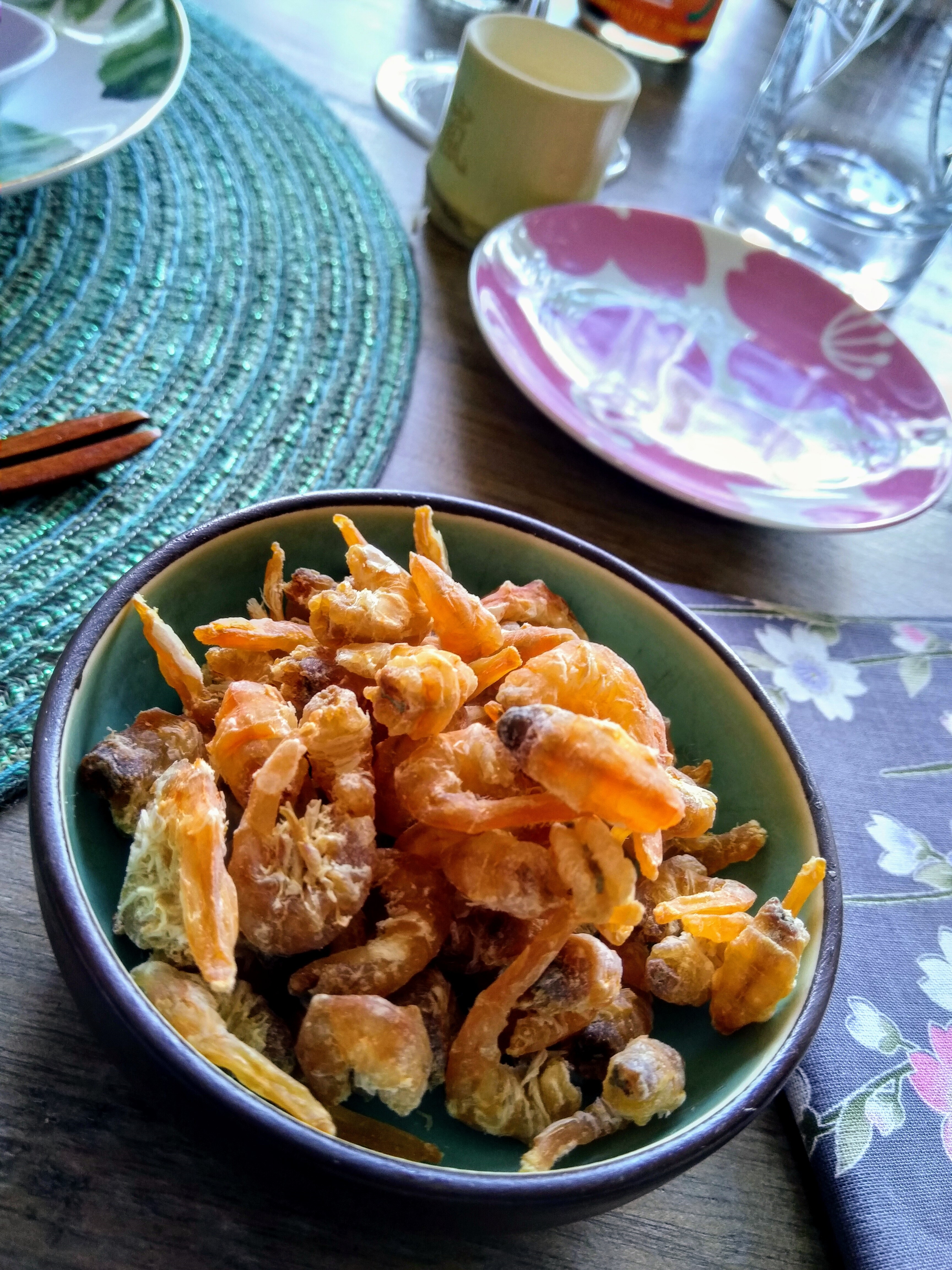
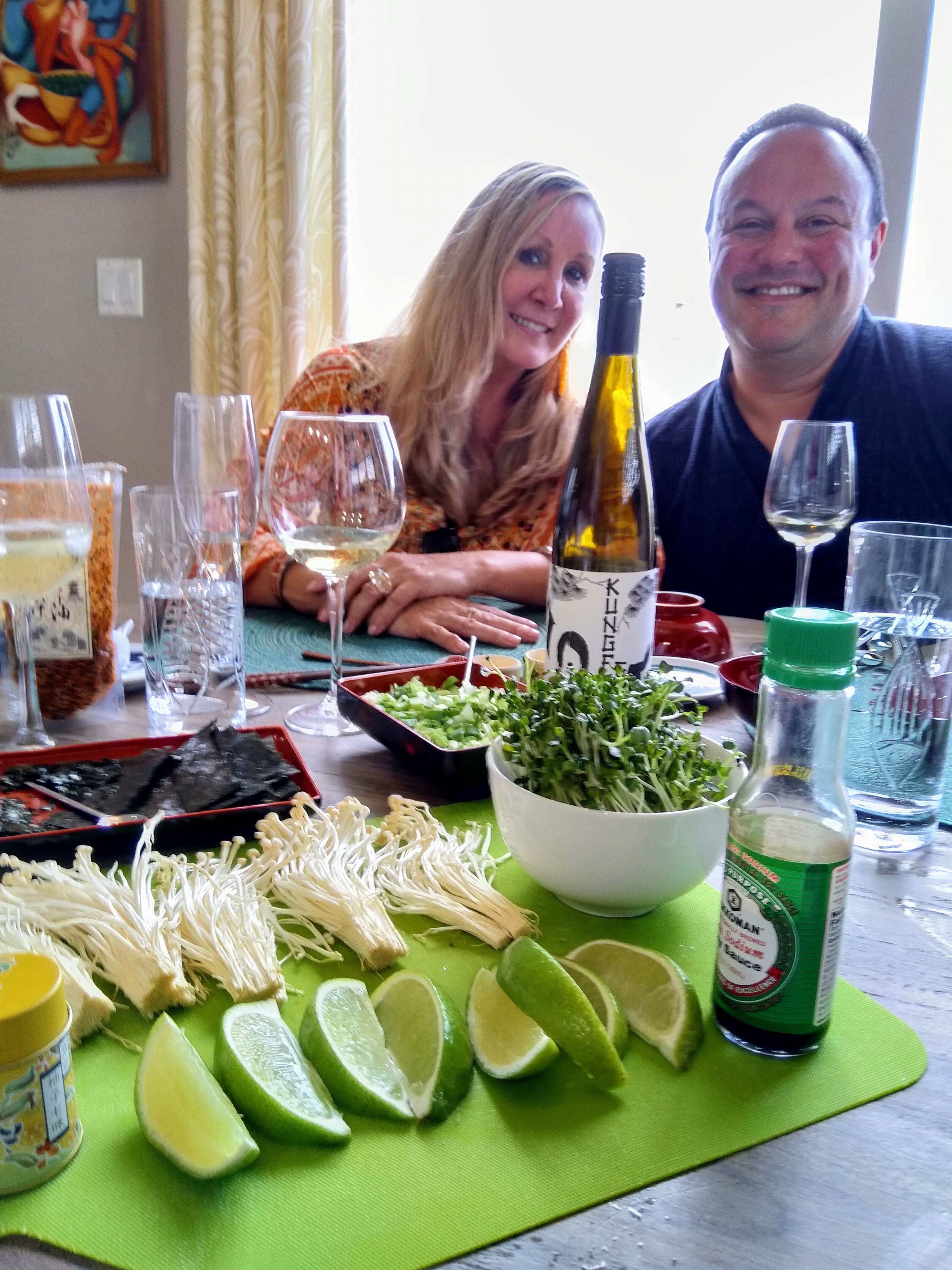



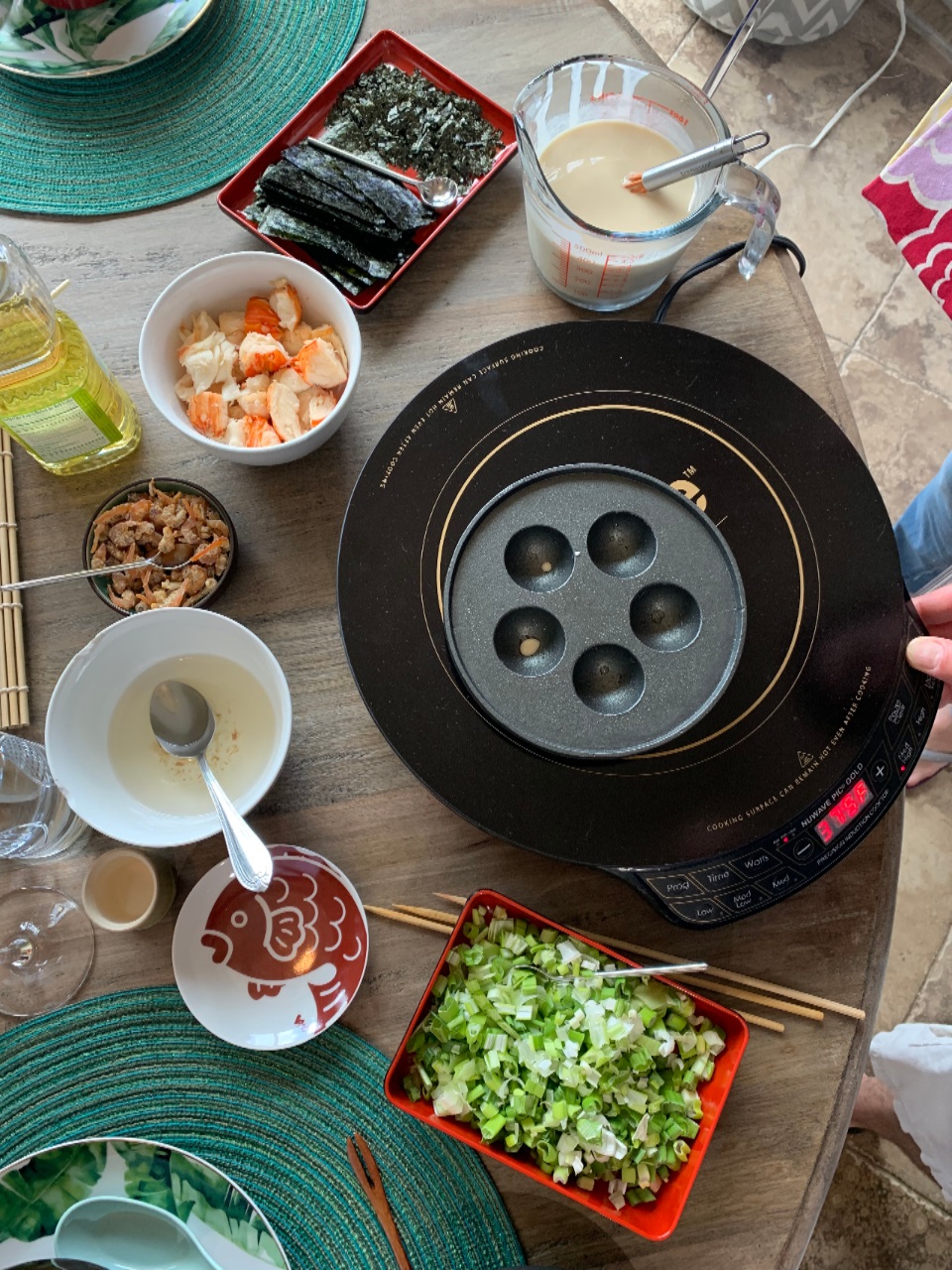
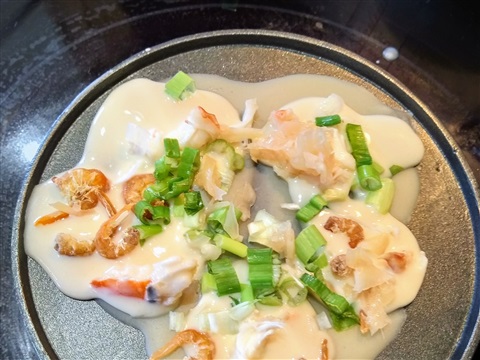





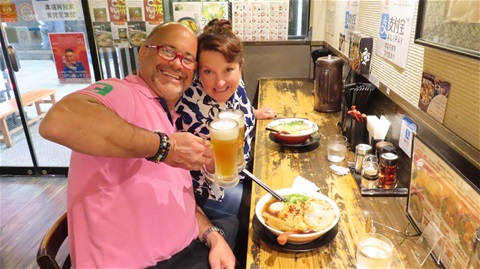
Latest comments
This is a great tip! I am writing 31 days of creative homemaking and I have a slow cooker tips post coming up! Will definitely link over to this post! Gotta love that slow cooker…such a miracle worker
I love this vegetable beef soup! You’ll have to come back and tell me what you think after you try it!
<a href="https://thebestfucksites.com/">Jayme Silvestri</a>
This is one of the best chicken recipes ever. It’s very tasteful and beautiful to play. Thanks for the recipe.<a href="https://bestdarknetmarketslinks.com/">Kelly Hubbard</a>
Made these meatballs and added two hot sausages for an extra kick. They were amazing!
<a hrefs="https://darkweblinkssites.com/"> Harold Burton </a>